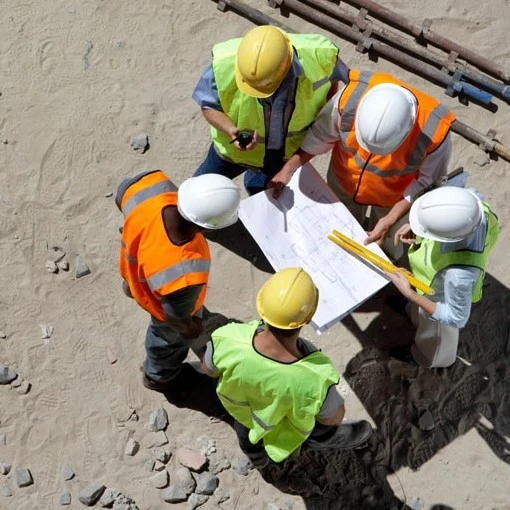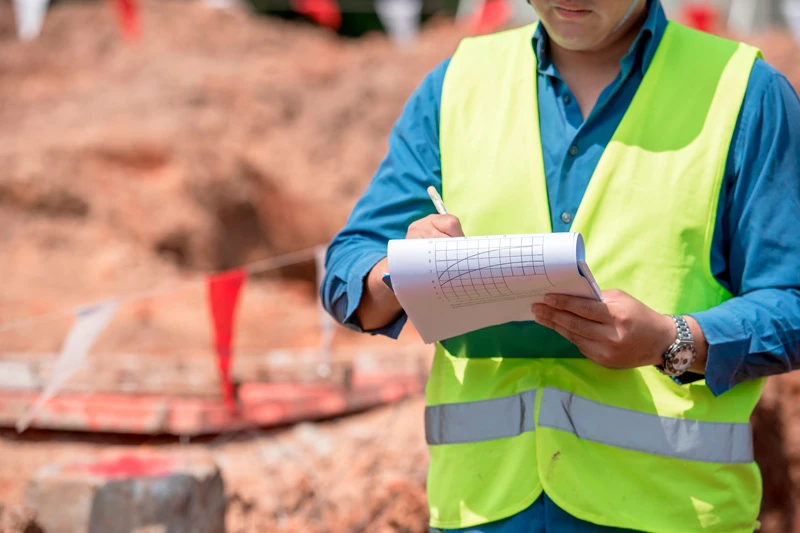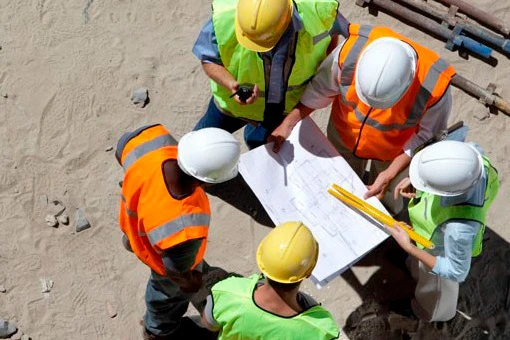
Safety Audits
Safety Audits are routine, limited-scope inspections conducted at client facilities and job sites. Audits are useful safety and compliance tools for construction companies of all sizes, providing a snapshot of the activity occurring on a work site during a particular day. They are designed to be conducted efficiently and effectively, with a set of brief questions which enable safety consultants to streamline documentation of the acts and conditions observed during a construction job site inspection. Deployed through HB NEXT’s proprietary SequenceXT software, this benefits our clients by offering customizable inspection checklists, a user-friendly interface, and seamless integration with various computers and mobile devices. Reporting customization affords busy construction personnel the freedom and latitude of reducing or increasing the scope of their inspections as needed, as they travel from project to project.
Mock-OSHA Inspections
Similar to HB NEXT Safety Audits, Mock-OSHA Inspections are also conducted at client facilities and job sites. The differing characteristics of Mock-OSHA inspections -in comparison to Safety Audits- are essentially format, scope, and duration. Mock-OSHA inspections are designed to flow in identical fashion to standard job site inspections conducted by an OSHA Compliance Officer. The typical format of an OSHA inspection includes standardized, scheduled events such as Opening Conferences and Closing Conferences. The duration of Mock-OSHA inspections are typically longer than standard safety audits, as they require a more comprehensive look at a project, including a thorough review of a company’s safety documentation and recordkeeping practices. While many construction companies are made aware of when OSHA plans to visit their job sites, based on a variety of circumstances, an OSHA Compliance Officer can visit a construction project unannounced. The Mock-OSHA inspection is an advanced safety and compliance tool that is equally educational as it is informative. Routine Mock-OSHA inspections not only foster a positive safety culture, but they also prepare jobsite personnel to handle both routine and unannounced job site inspections effectively, professionally, and without fear or nervousness.


Onsite Safety Coordinators
Onsite Safety Coordinators (OSC’s) are credentialed and certified safety professionals that are essentially hired to function as third-party Safety Managers for various types of long-term construction projects. An OSC may conduct inspections on a project as a contract term or condition; but the OSC service is not directly tied to HB NEXT Inspection Services or CPP Agreements. While many large construction companies employ Safety Directors, Safety Officers, and EH&S Officers to manage safety on their projects, it is often infeasible for these individuals to visit and effectively manage safety for each project they have responsibility for (which is why many companies hire OSC’s from HB NEXT to manage their projects). For larger and/or high-profile construction projects, job specifications will often call for a full-time safety manager capable of not only ensuring the day-to-day safety on the project, but also one who possesses the credentialing to deliver routine job site safety inspections, various safety training courses, job hazard analyses, and more.
Site-Specific Safety Plans
HB NEXT Site-Specific Safety Plans (SSSP) are customizable safety and risk management plans that help companies of all sizes prepare for, mitigate, and eliminate various safety hazards and potentially unsafe conditions that affect the workers on their job sites. While no two construction projects are the same, common job site hazards are often prevented and addressed through daily inspections and pre-task analysis. The Site-Specific Safety Plan supplements these routines by providing a document with detailed information and instructions for managing the situations and circumstances that are unique to a particular construction project. Site-Specific Safety Plans take into account not only the specific risk factors that impact safety on a project, but also, the measures and methods for controlling them. Many companies incorporate site-specific plans into their safety documentation for a project; but often times the development of these plans is a requirement prior to commencement of a construction activity. A typical SSSP could include a summary of hazards potentially encountered on a job site, established engineering or administrative controls, emergency contact personnel, and equipment specifications.






